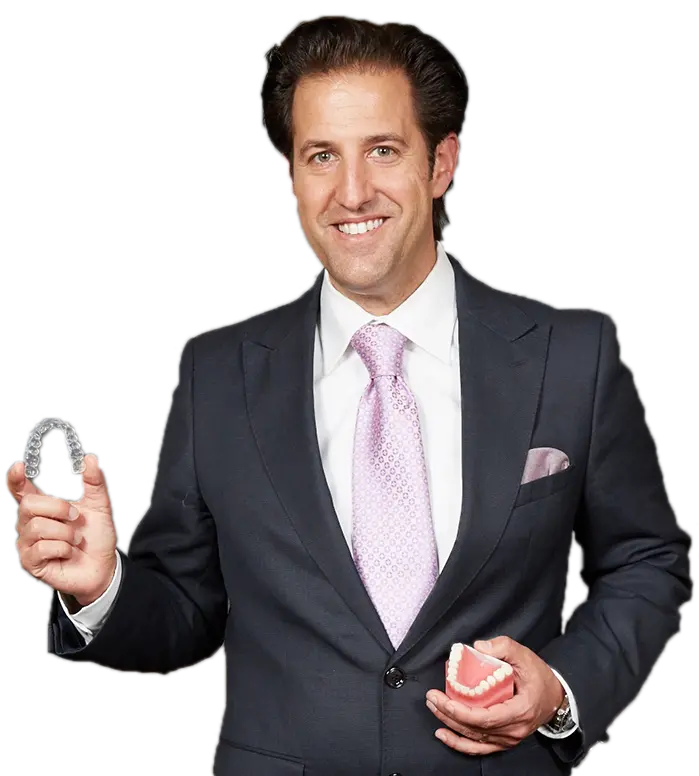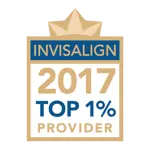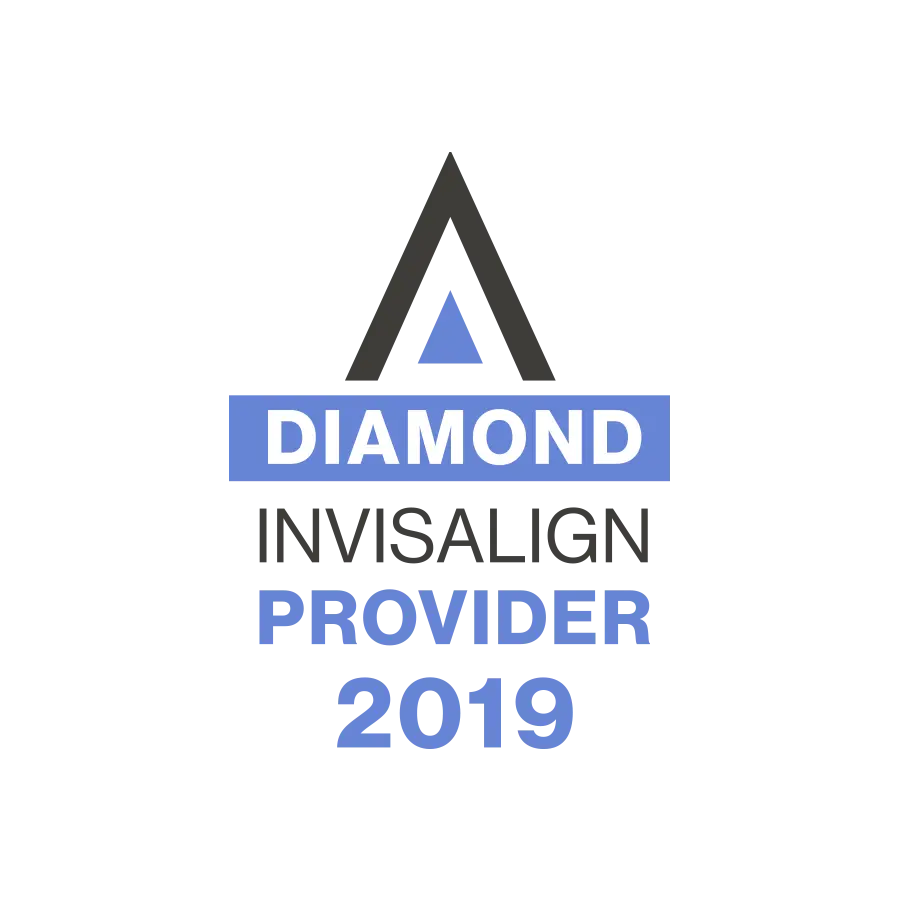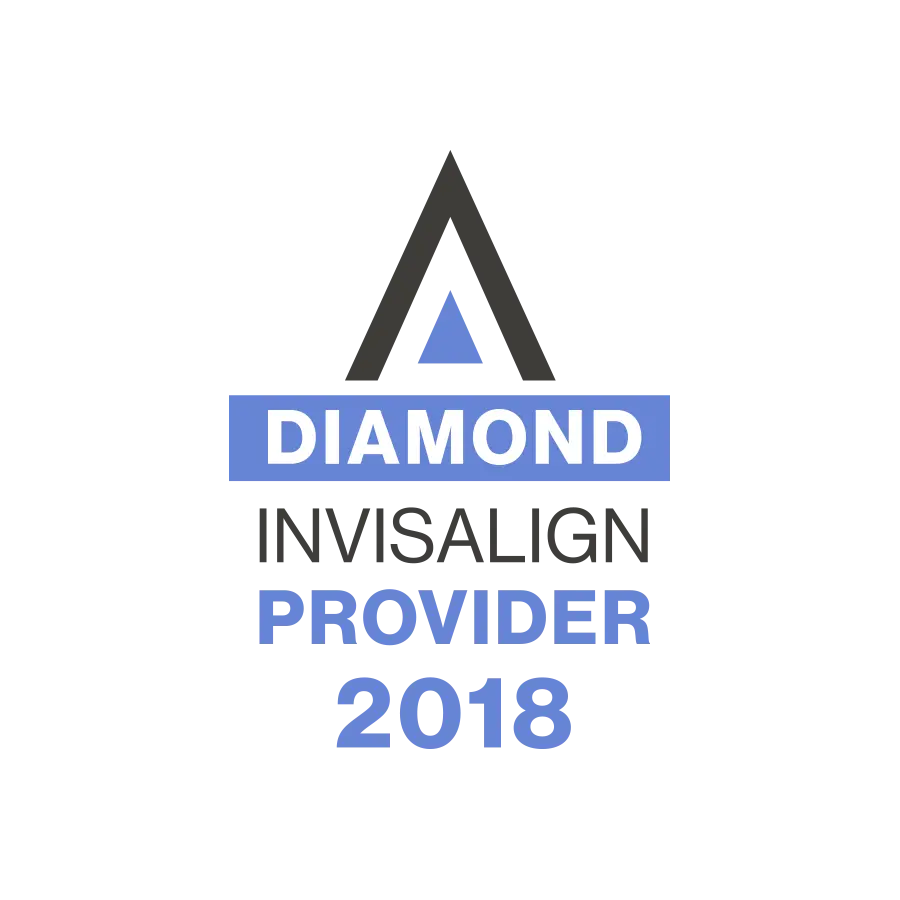Invisalign for Teens: What Parents in Princeton & Hillsborough Need to Know
More teens are turning to Invisalign for a simple reason—it works without drawing too much attention. For parents in Princeton and Hillsborough, Invisalign for teens offers a flexible and discreet alternative to traditional braces. It’s no surprise that more families are asking about it during orthodontic visits.
Discover what sets this treatment apart, what to expect, and how to decide if it’s a good fit for your child.
What Is Invisalign for Teens and How Is It Different?
Invisalign for teens is an orthodontic system designed specifically with growing patients in mind. Like the adult version, it uses a series of clear plastic aligners to shift teeth gradually. But there are some built-in features that make it more practical for younger patients.
Here’s what sets it apart from the adult version:
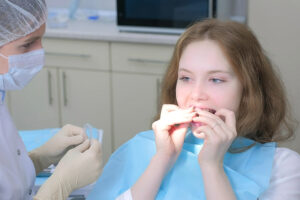
- Compliance indicators: These are small blue dots on the aligners that fade over time. They help orthodontists—and parents—know if the aligners are being worn long enough each day.
- Eruption tabs: Teens often still have teeth coming in. These special spaces in the aligners allow room for those teeth to grow without interfering with the treatment.
- Replacement trays: Accidents happen. Invisalign for teens usually includes a few replacement aligners, which is helpful if any are lost or damaged.
It also fits better into a teen’s day-to-day life. The aligners are removable, which means no food restrictions and no brackets to clean around. This makes brushing and flossing easier, reducing the risk of cavities during treatment.
Most teens also appreciate not having to worry about wires poking or brackets breaking. That means fewer emergency trips to the orthodontist and more time focused on school, sports, and everything else they have going on.
Top Reasons Parents in Princeton & Hillsborough Are Choosing Invisalign for Teens
Parents aren’t just looking for results—they’re thinking about comfort, convenience, and confidence. Invisalign for teens checks those boxes, which is why it’s becoming a popular choice in communities like Princeton and Hillsborough.
Here’s why many families are moving in this direction:
1. Appearance Makes a Difference
Clear aligners are hard to spot. Teens often feel more at ease knowing they won’t have metal brackets or wires showing in photos, presentations, or social settings. For many, this can mean a boost in self-esteem during a time when confidence matters.
2. Easier to Manage with Busy Schedules
Life moves fast—between classes, sports, and after-school activities. Since aligners are removable, teens can take them out for meals, special events, or practices. There are also fewer emergency visits for broken wires or popped brackets, which can make the process less stressful for parents.
3. Local Orthodontic Support
In Princeton and Hillsborough, families have access to experienced orthodontists who specialize in Invisalign for teens. That means support is close to home, follow-up visits are simple to schedule, and care is provided by professionals who understand the local community.
Choosing Invisalign for teens isn’t just about straightening teeth—it’s about doing it in a way that fits into your teen’s world without turning everything upside down.
Is Your Teen a Good Candidate for Invisalign?
Invisalign can be a great option, but it’s not the right fit for everyone. Before starting treatment, it’s important to understand what makes a teen a good candidate. Not every case can be treated with clear aligners alone, and success depends on more than just the aligners themselves.
Key Factors to Consider
- Orthodontic concerns: Invisalign is best for mild to moderate alignment issues like spacing, crowding, and minor bite problems. More complex cases may need other treatment options.
- Growth stage: If your teen still has baby teeth or is in early stages of development, an orthodontist may recommend waiting or starting with a different approach.
- Responsibility level: Aligners need to be worn 20 to 22 hours a day. That means your teen needs to keep track of them and commit to wearing them daily.
Quick Checklist for Parents
Use this list to help decide if your teen might be a good fit:
- They care about how their smile looks
- They keep up with daily habits like brushing and flossing
- They can follow instructions and handle responsibility
- They have mild to moderate crowding or spacing
- You have access to a trusted local orthodontist
If most of these boxes are checked, Invisalign for teens may be worth considering. A consultation is the best way to know for sure, and many orthodontists in Princeton and Hillsborough offer digital scans and evaluations with no pressure to commit.
What to Expect During Treatment
Once your teen is approved for Invisalign, the process is pretty straightforward. Parents often find that knowing what to expect helps ease concerns and keeps things on track from day one.
Step-by-Step Overview
Here’s how Invisalign for teens typically works:
- Initial consultation
The orthodontist evaluates your teen’s teeth, bite, and jaw. Digital scans are taken to create a 3D model of their mouth. - Custom aligner creation
Based on the scans, a set of clear aligners is made specifically for your teen’s treatment plan. Each set is slightly different to gradually move the teeth. - Aligner wear and changes
Teens wear the aligners for 20–22 hours a day, switching to a new set about every one to two weeks, depending on the plan. - Check-ins every 6–10 weeks
Regular visits help ensure everything is progressing as expected. Many local orthodontists now offer remote monitoring options too. - Completion and retainers
At the end of treatment, retainers are given to help maintain the results. These are usually worn at night.
Tips for a Smoother Experience
Parents and teens can work together to build good habits:
- Use phone alarms or apps as reminders for aligner changes
- Always store aligners in their case—never in a napkin
- Keep extras like chewies and cleaning crystals on hand
- Make sure water is the only drink consumed while wearing aligners
- Follow up consistently with your orthodontist for best results
Staying consistent is key. The more the aligners are worn as directed, the better the outcome. Invisalign for teens makes the process easier, but success still relies on strong daily habits.
FAQs About Invisalign for Teens
Parents often have similar questions when considering Invisalign for teens. It’s helpful to know what to expect before starting, especially when it comes to cost, care, and results. Here are some of the most common questions families ask.
How long does treatment usually take?
Most teens finish treatment in 12 to 18 months. Some cases may be shorter or longer depending on how much movement is needed and how well the aligners are worn.
Will my teen need to wear a retainer afterward?
Yes. Just like with braces, a retainer is needed after Invisalign to hold the teeth in their new positions. This usually means wearing it every night.
What happens if an aligner is lost or broken?
Invisalign for teens includes a limited number of free replacement aligners. If one goes missing, contact your orthodontist right away to avoid delays in treatment.
Does Invisalign hurt?
There can be some soreness for a day or two when switching to a new set of aligners. It’s a normal part of the adjustment and usually mild.
Is it covered by insurance?
Many dental plans cover a portion of Invisalign treatment for teens. It’s worth checking with your provider and the orthodontist’s office to understand what’s included.
Discover a Smarter Approach to Teen Orthodontics
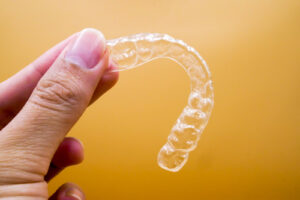
Choosing Invisalign for teens is more than a cosmetic decision—it’s about giving your child a confident smile with fewer disruptions to daily life. At West Windsor Orthodontics, your teen’s care is guided by one of the most respected Invisalign specialists in the country.
Dr. Jonathan Nicozisis has played a key role in shaping how Invisalign is used for younger patients. With unmatched experience, advanced tools like Propel technology, and a deep understanding of teen orthodontics, he delivers outcomes other practices may say aren’t possible.
If you’ve been told your teen isn’t a candidate for Invisalign, it’s time to get a second opinion from a true expert.
Book a consultation with West Windsor Orthodontics and find out what’s possible for your teen’s smile.
